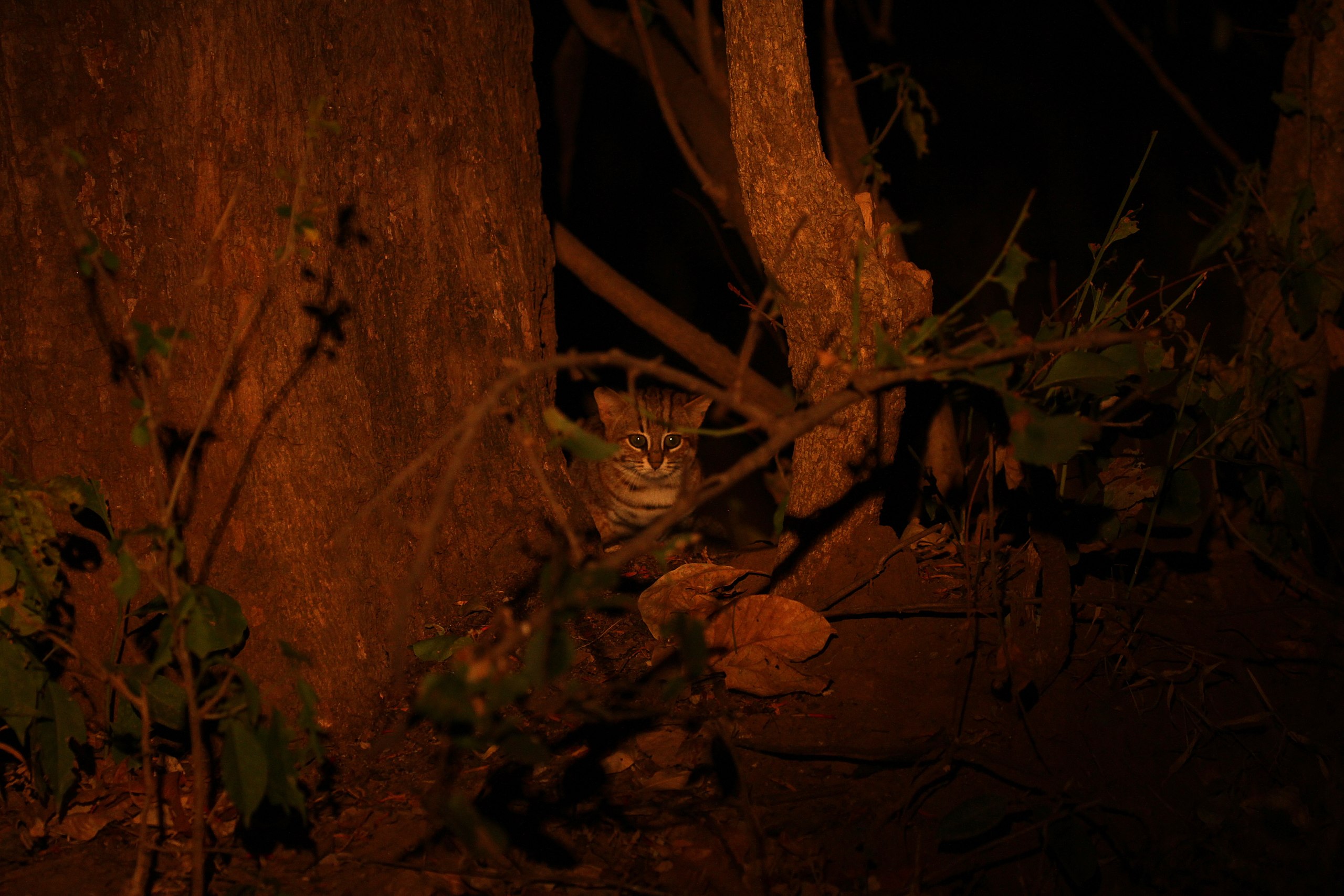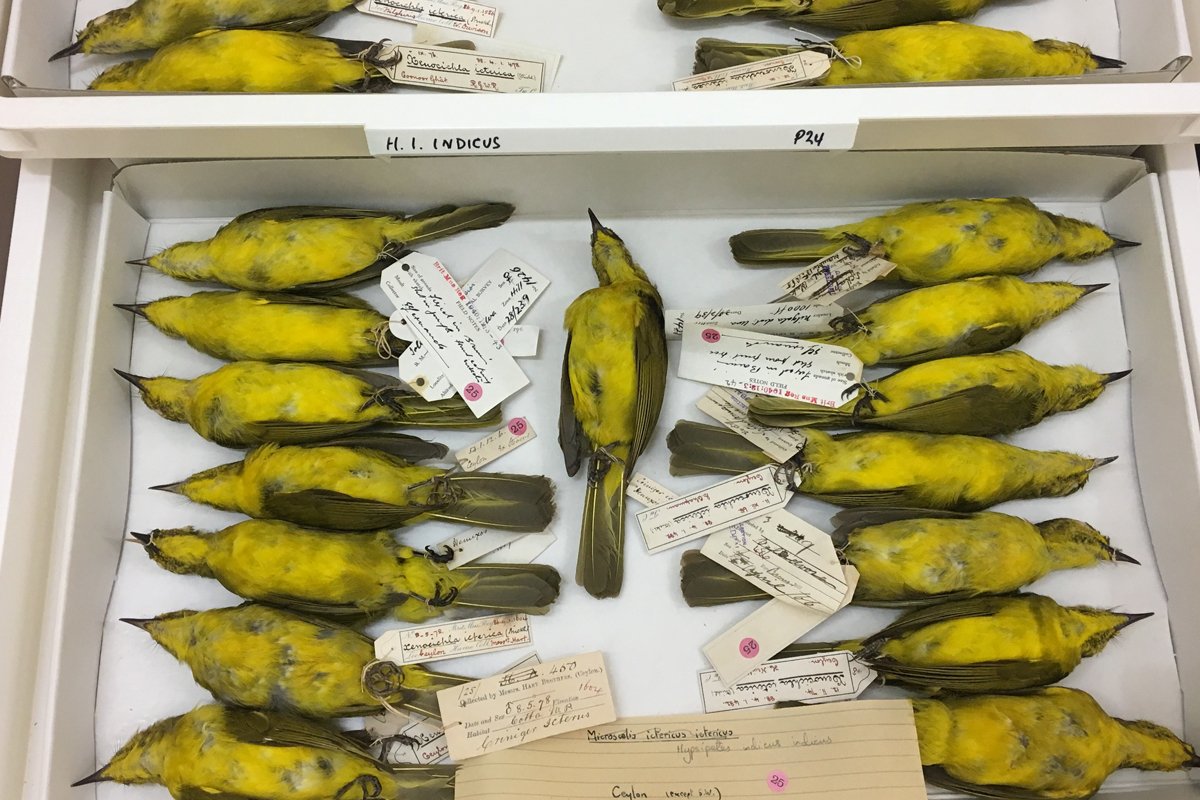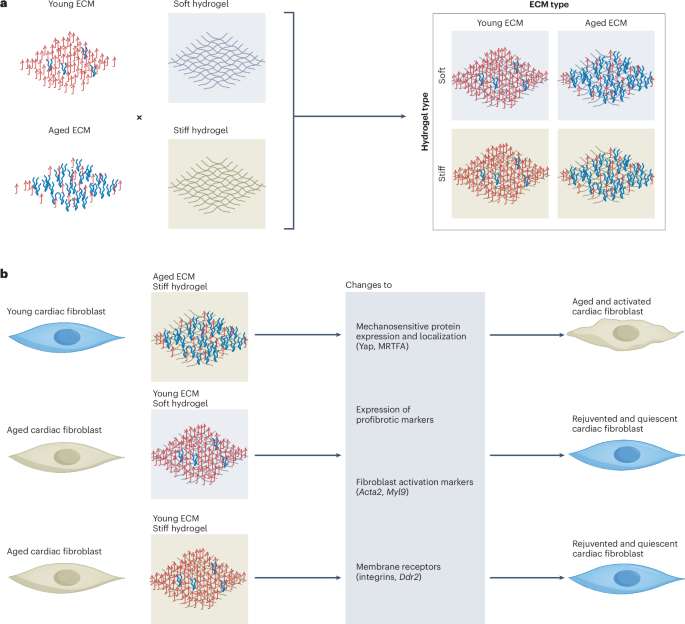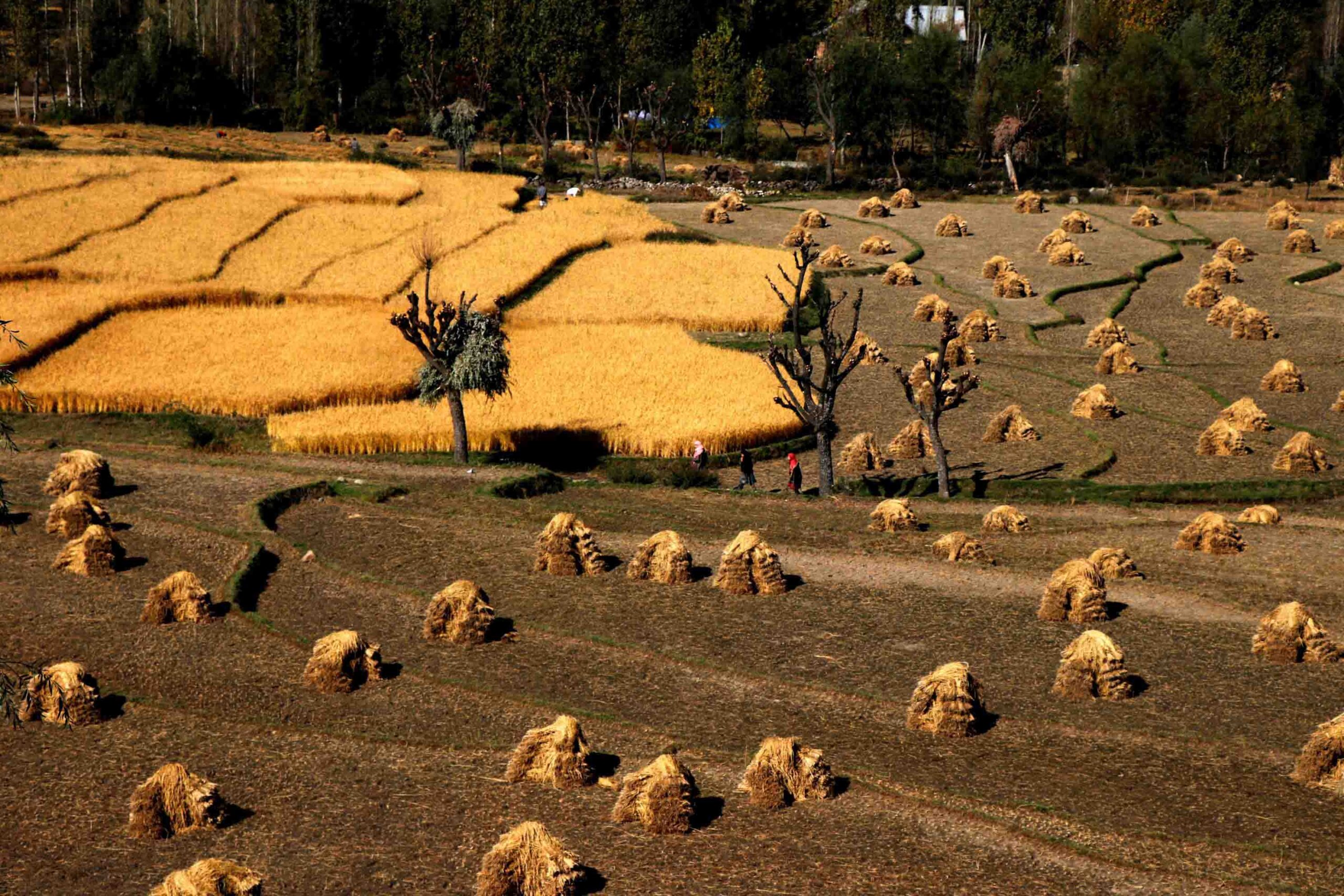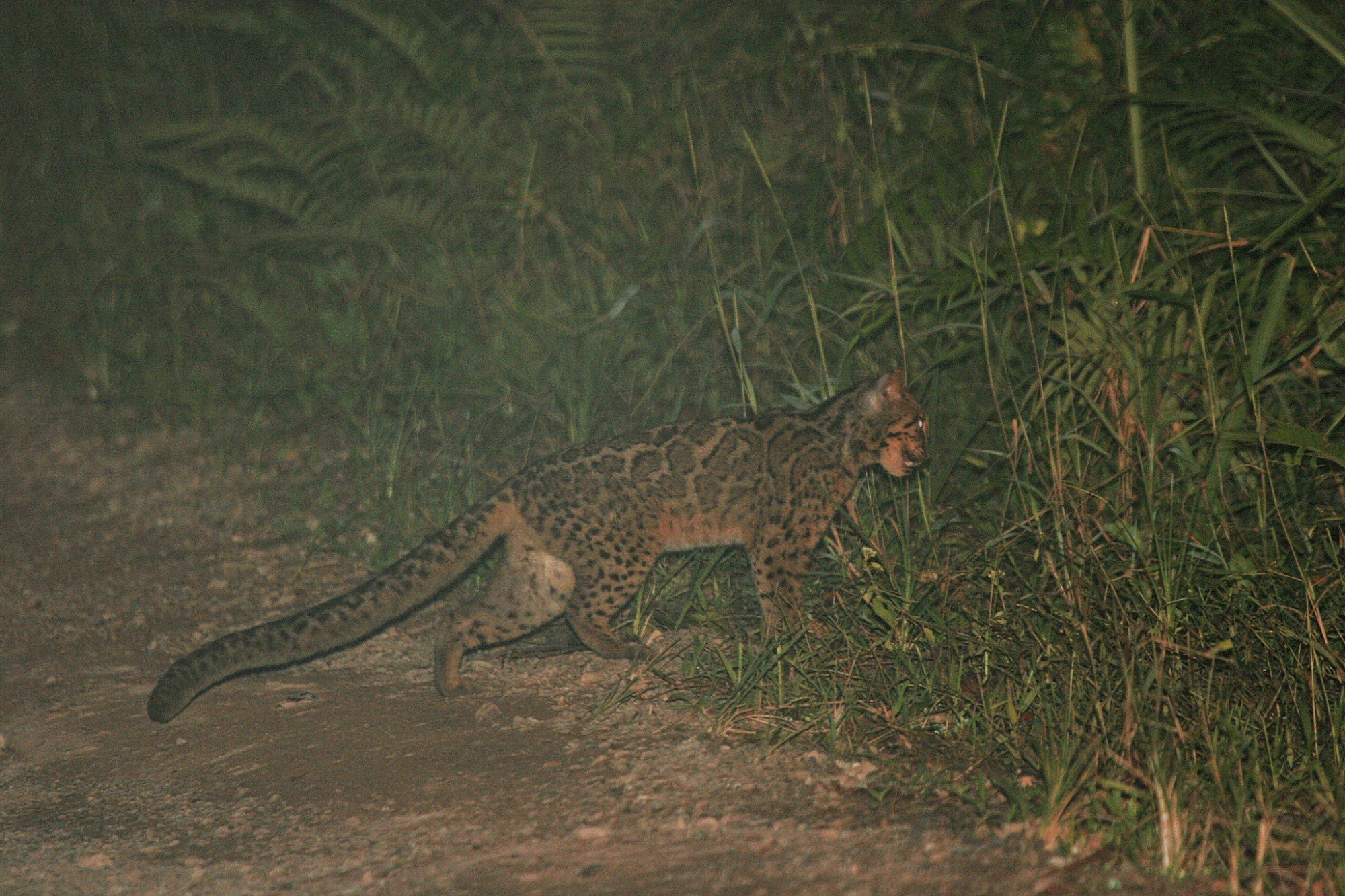
- Camera traps provided a photographic evidence of the marbled cat (Pardofelis marmorata) in Assam’s Kakoi Reserve Forest for the first time. The species is classified as ‘near threatened’ in the IUCN Red List.
- The camera trap exercise was carried out as part of an ongoing biodiversity monitoring project for small mammal species in the Kakoi Reserve Forest in July 2024.
- The researchers recommend more surveys to better understand the species distribution, habitat use and threats.
In a major scientific finding, the first photographic evidence of the marbled cat (Pardofelis marmorata) was recorded in Kakoi Reserve Forest in North Lakhimpur district, Assam. The marbled cat, classified as near threatened in the IUCN Red List, is granted the highest level of protection under Schedule I of the Wild Life Protection Act, 1972.
The photograph was recorded in July 2024 by camera traps set up as part of an ongoing biodiversity monitoring project in the Kakoi Reserve Forest. The findings were recently published in the Journal of Threatened Taxa.
“We had laid camera traps to study the movement and ecology of small mammal species in the Kakoi Reserve Forest. During this exercise, we got photographic evidence of a marbled cat, which is the first photographic documentation of the species in Kakoi,” Abhijit Konwar, one of the study authors, tells Mongabay India.
The Kakoi forest is connected with the two other reserve forests in the district — Ranga and Dulung. “The presence of marbled cats in Kakoi shows that the health of forests in this district is good,” says Manoj Goswami, Divisional Forest Officer, North Lakhimpur.
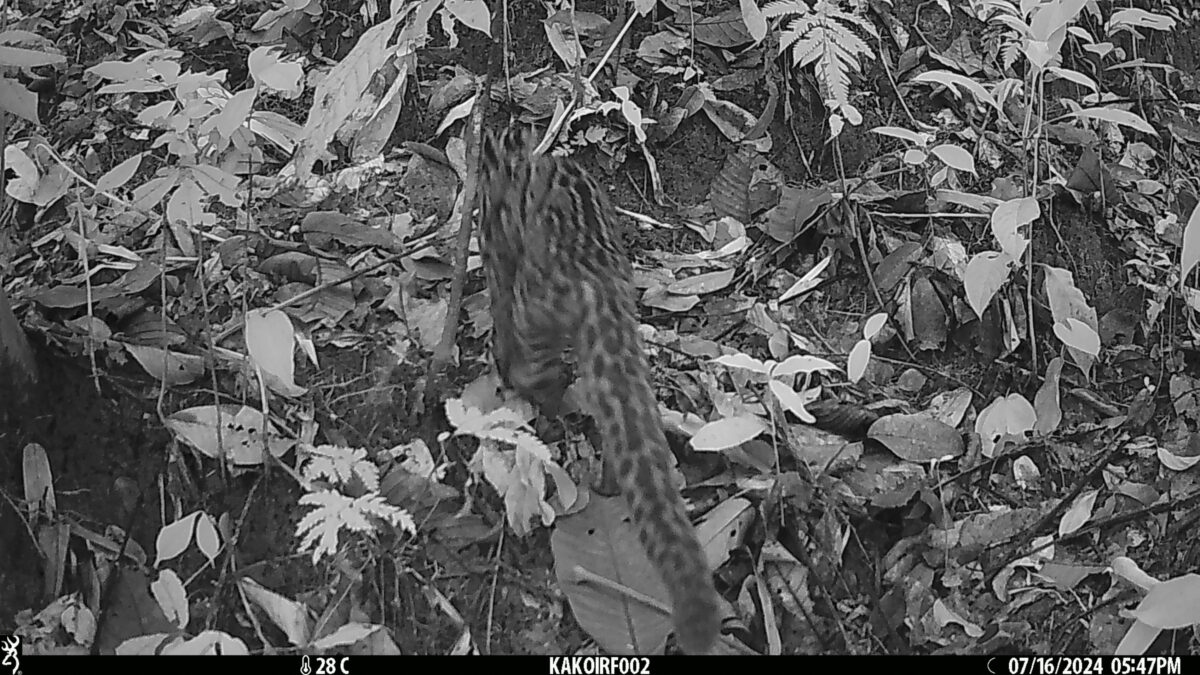
Marbled cat habitats
The marbled cat is a small semi-arboreal cat with a distinct marbled or blotched coat pattern. It is about similar in size to a large domestic cat, though with a longer, bushy tail. The species is found across the Indo-Malayan region from the Himalayan foothills in Eastern Nepal to southwestern China, continental southeastern Asia and the islands of Sumatra and Borneo. In India, the paper reports that the species has been recorded in evergreen, semi evergreen and bamboo mixed forest in the Eastern Himalayan foothills of northern West Bengal, Assam, Arunachal Pradesh, Nagaland, Meghalaya and Mizoram.
“Marbled cats are predominantly associated with large moist and mixed deciduous and evergreen forest tracts that exhibit high canopy connectivity and forest cover of at least 48.6%,” says Konwar.
According to the paper, the nearest sites to the study area where the marbled cat was reported earlier were Tally Valley Wildlife Sanctuary in Arunachal Pradesh and Subansiri Reserve Forest of Dhemaji district, Assam; both about 20 to 30 kilometres away.
“A camera trap record at an altitude of 2,690 metres in the Eaglenest Wildlife Sanctuary represents the upper elevation limits of the marbled cat known in India to date. Camera trap records of the marbled cat in Assam are limited to lower elevations, in Manas and Nameri Tiger Reserves,” adds the paper.
Konwar notes that the camera trap records of the species in Kakoi Reserve Forest provide further evidence for its presence in Assam, highlighting the value of systematic camera trapping in small and under-surveyed reserve forests.
Captured on camera
For the study, eight passive infrared Browning Strike Force Pro DCL camera traps were deployed to document small mammals over a 28-day period, from July 10 to August 6, 2024.
“The camera traps were placed opportunistically along animal trails and natural paths approximately 30 to 50 centimetres above ground level, depending on the slope, without bait. They were spaced 1.5-2 kilometres apart and remained active for 24 hours a day throughout the survey period, totalling 224 camera trap days,” explains Konwar. Camera trap days are calculated by multiplying the number of camera traps used by the number of days each camera was operational.
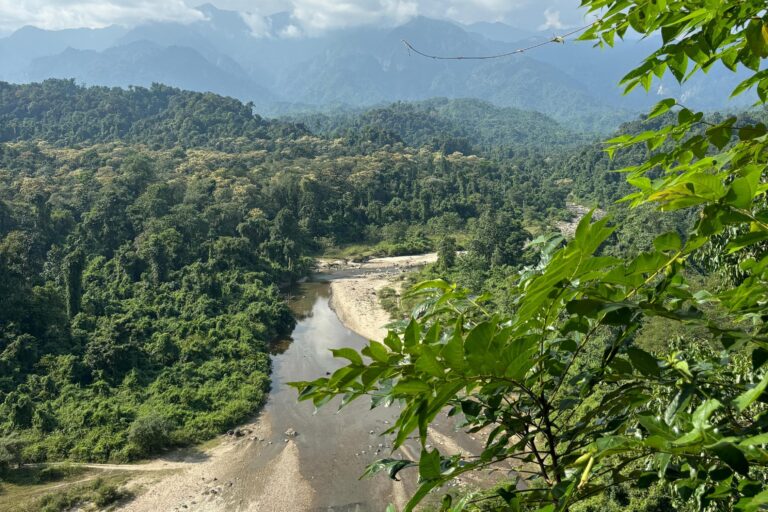
He adds that the camera traps also recorded other species such as the leopard cat, the Malayan porcupine and the wild boar.
Lakhimpur-based environmentalist Jugal Borah tells Mongabay India, “Apart from these small mammals, reserve forests like Kakoi also have a good population of elephants and local residents have also reported presence of leopards in these forests.”
People and cats
The researchers also interviewed 18 people inhabiting the fringe villages of Kakoi Reserve Forest, who identified the marbled cats in the photographs as Godhafutuki or Godhafutuki mekuri in the local language. Interestingly, the local residents also call leopard cats, another small wild cat species, by the same name.
“Semi-structured interviews were conducted and the respondents were primarily farmers and herders who frequently used the forest for grazing their livestock, firewood collection and other subsistence activities. The villagers here are mainly from Mising, Nepali and Tea Tribe communities,” says Konwar.
While the paper notes that that there have been previous reports of tribal hunters in Assam, hunting marbled cats, Konwar shares that 13 respondents said they had never hurt or killed a marbled cat. Five others mentioned that when marbled cats come near their poultry crops, they sometimes used catapults to scare them away but asserted that they never intended to kill them.
“They also emphasised that they neither ate the meat of these animals nor undertook in the sale of any body parts of wild animals,” Konwar says. “Our respondents indicated that poaching, ritualistic hunting and retaliatory killing do not currently pose a significant threat to the marbled cat.”
“In view of the scarce knowledge about the marbled cat in Assam, we highly recommend surveys to better understand its distribution, habitat use and the threats it faces in the region. Additionally, speaking with the local people about the protection of the marbled cat is essential for its conservation,” he recommends.
Read more: World’s smallest wild cat recorded in West Bengal
Banner image: The marbled cat, classified as near threatened in the IUCN Red List, receives protection under Schedule I of the Wild Life Protection Act, 1972. It is a small semi-arboreal cat that is similar in size to a large domestic cat, though with a longer, bushy tail. Representative image by James Eaton via Wikimedia Commons (CC0 1.0).






